41 Organization Tips That Will Change Your Life
Remember that time you couldn’t find your favorite sweater buried in the abyss of your closet? Or that sinking feeling when you opened your overflowing junk drawer? I’ve been there, drowning in clutter that stole my time, energy, and joy.
But I discovered that transforming my space didn’t have to be overwhelming. With a few simple strategies, I created a home that feels like a sanctuary – a place where I can breathe, create, and truly thrive.
Whether you’re just starting your decluttering journey or looking for fresh inspiration, these practical and actionable organization tips will guide you toward a more serene and functional space. Let’s ditch the chaos together and create a home that reflects your best self.
1. Create a Vision Board

Before you start organizing, create a vision board with images and ideas of how you want your space to look. This visual guide will keep you inspired and focused on your end goal. Use magazine cutouts, printouts from the internet, or even a Pinterest board to collect your ideas.
2. Set Specific Goals

Break down your organization project into specific, manageable goals. Instead of saying, “I want to organize my bedroom,” set a goal like, “I will organize my closet by sorting clothes into keep, donate, and discard piles.” Specific goals make the task less overwhelming and more achievable.
3. Use a Three-Box Method
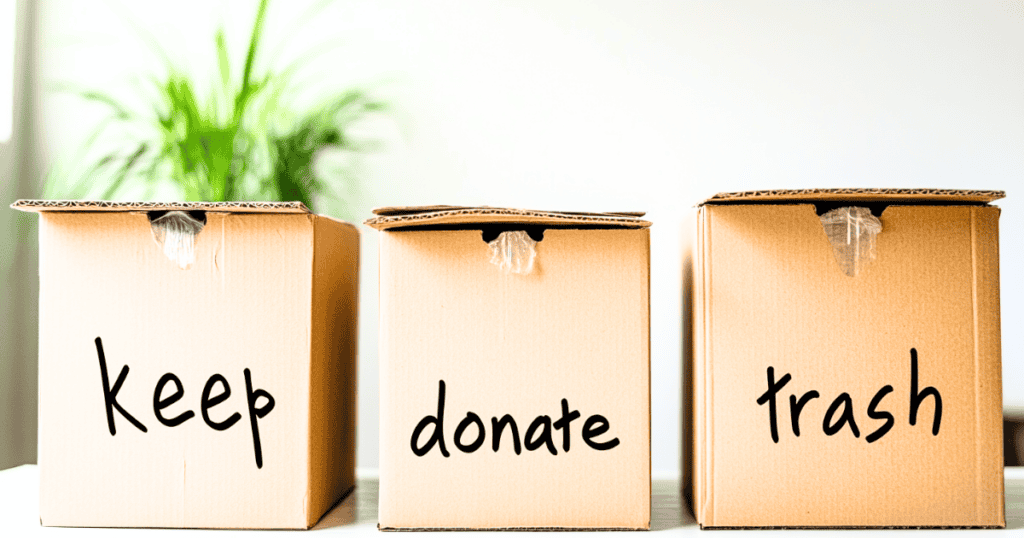
When organizing a space, bring three boxes labeled: Keep, Donate, and Trash. As you go through items, place them in the appropriate box. This decluttering method simplifies the decision-making process and helps you quickly declutter.
4. Incorporate Multipurpose Furniture

Invest in furniture that doubles as storage. Ottomans with hidden compartments, bed frames with drawers, and coffee tables with shelves can provide extra storage while serving their primary function. Multipurpose furniture is especially useful in small spaces.
5. Utilize Drawer Organizers: Conquer Chaos, One Drawer at a Time
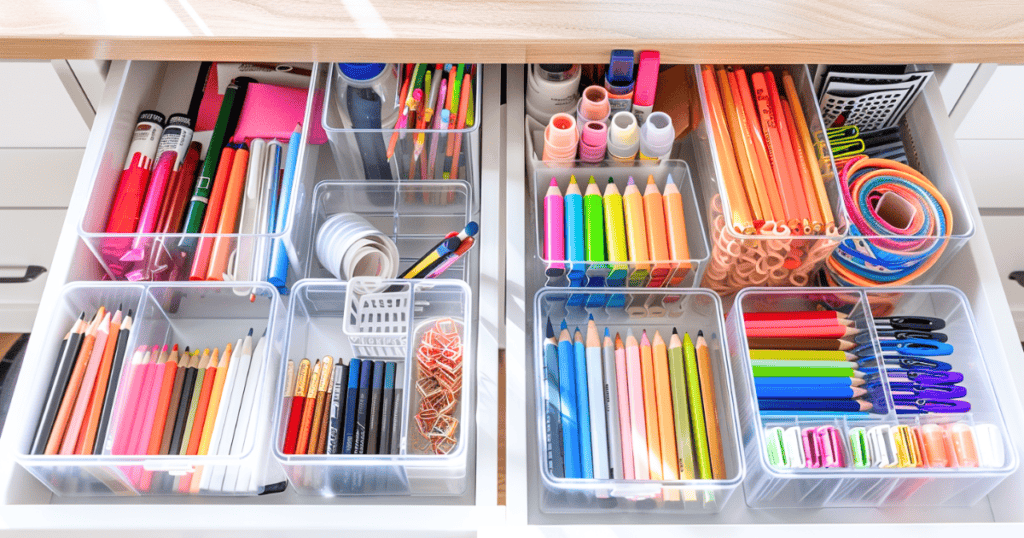
Drawer organizers are like tiny superheroes for your drawers, swooping in to rescue your belongings from the tangled abyss. They’re the secret weapon for keeping those small, easily lost items (think socks, jewelry, or office supplies) in their rightful place.
You can find drawer organizers in a variety of materials (like bamboo, plastic, or fabric) and configurations to fit any drawer size or shape.
Kitchen
Use drawer organizers to corral utensils, keeping spatulas separate from whisks and serving spoons from tongs. This makes it easier to find what you need when cooking and prevents annoying drawer jams.
Bathroom
Tame the chaos of your vanity drawers by using organizers to separate makeup brushes from lipsticks, hair ties from bobby pins, and all those little bottles of lotions and potions.
Office
Keep your pens, pencils, paperclips, and sticky notes from turning into a jumbled mess with drawer organizers. You can even find organizers with built-in compartments for storing business cards or charging cables.
Bedroom
I’ll admit, I used to have a sock drawer that resembled a black hole. Socks would disappear into it, never to be seen again. But drawer organizers changed everything. Now, my socks are neatly folded and organized by style and color. No more frantic searching – just grab and go!
6. Establish a Drop Zone
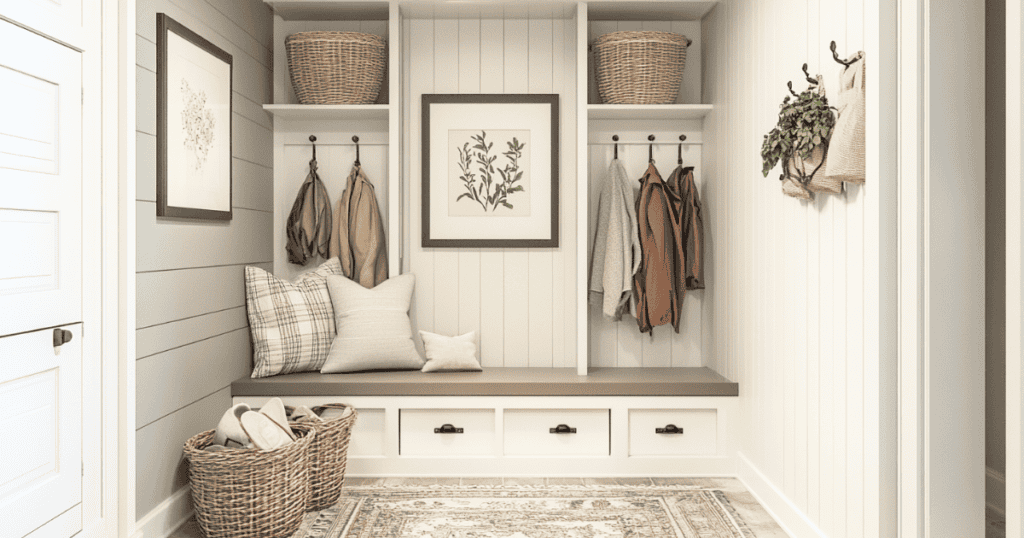
Create a designated drop zone near your entrance for items like keys, mail, bags, and shoes. This area helps prevent clutter from spreading throughout the house and makes it easier to find essential items when you’re heading out the door.
7. Implement the One-In, One-Out Rule

To maintain organization, adopt the one-in, one-out rule. For every new item you bring into your home, remove an old one. This practice keeps the clutter in check and ensures you only keep necessary items.
8. Rotate Seasonal Items
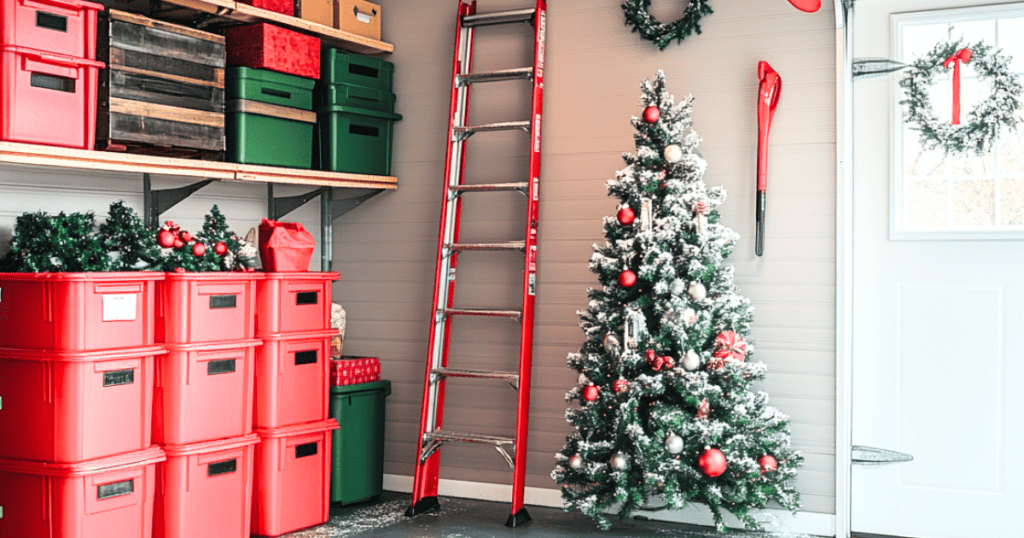
Store out-of-season items in clearly labeled bins or boxes. Keep winter clothes and holiday decorations in the attic or basement during the off-season. This rotation frees up space for items you use regularly and keeps your storage areas organized.
9. Label Everything
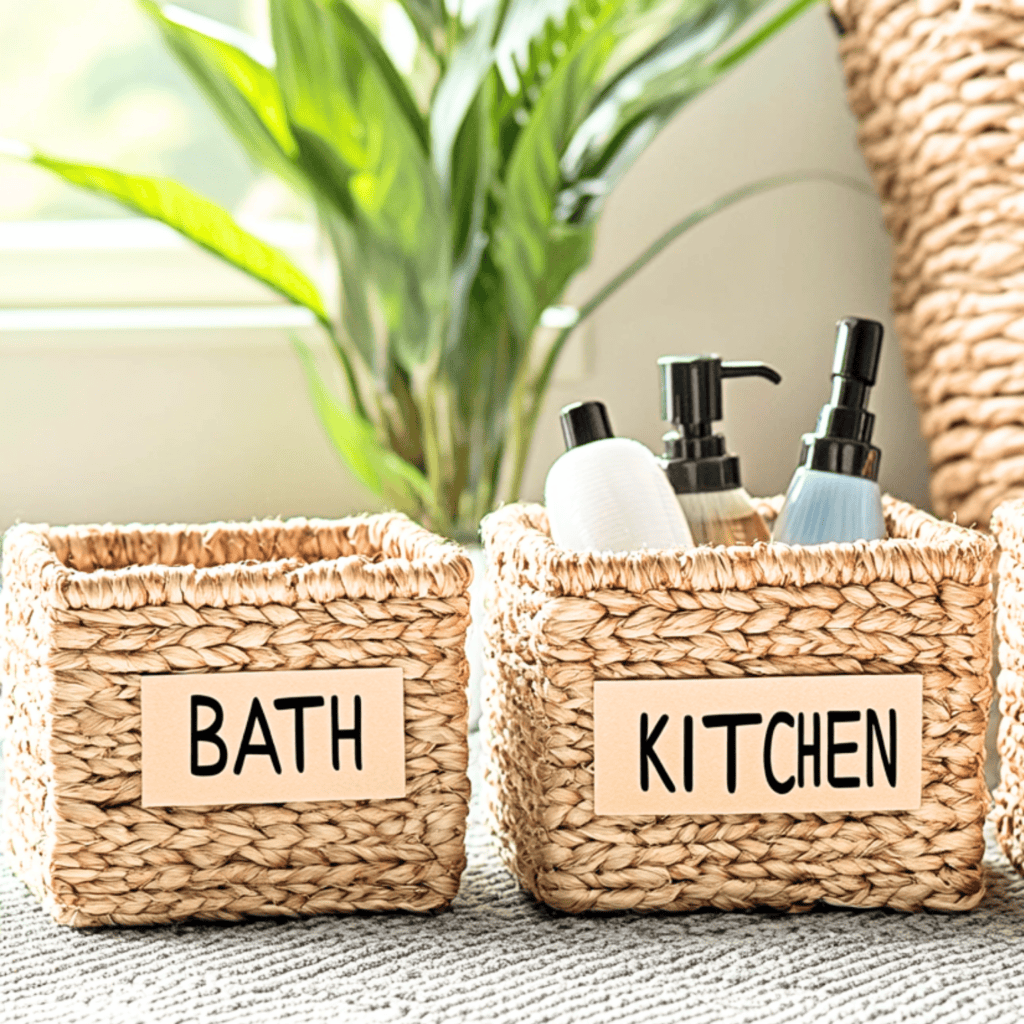
Labeling is Your Secret Weapon Against “Where Did I Put That?” Syndrome. It’s like giving your belongings a voice, guiding them back to their designated homes. Think of labels as a map for your stuff, making it easy for you and everyone else in your household to find what they need when they need it.
Bins and Baskets
Clear bins are great, but even they can benefit from labels, especially if stacked high. Labels make it easy to see what’s inside without having to pull everything out. Get creative with your labels! Use chalkboard labels for a fun, erasable option, or go for sleek printed labels for a more polished look.
Shelves and Drawers
Labeling shelves and drawers instantly transforms a jumble into an orderly system. You’ll no longer waste time rummaging through drawers for a specific item. Even the most mundane items like “batteries” or “light bulbs” will have a designated spot, making your life that much easier.
Pantry Staples
Labeling containers in your pantry helps you quickly identify ingredients and see when you’re running low on essentials. This can save you time and money at the grocery store.
Kids’ Toys and Supplies
Labeling bins and baskets with pictures or words helps young children learn where their belongings go, encouraging them to participate in cleanup time.
Bonus Tip
Involve your family in the labeling process! Make brainstorming creative labels and decorating them together a fun activity. It’s a great way to get everyone on board with your organization’s goals.
Labeling is a small investment of time and effort that yields big rewards. So grab your label maker (or a pen and some tape) and start labeling your way to a more organized and stress-free life!
10. Embrace Minimalism
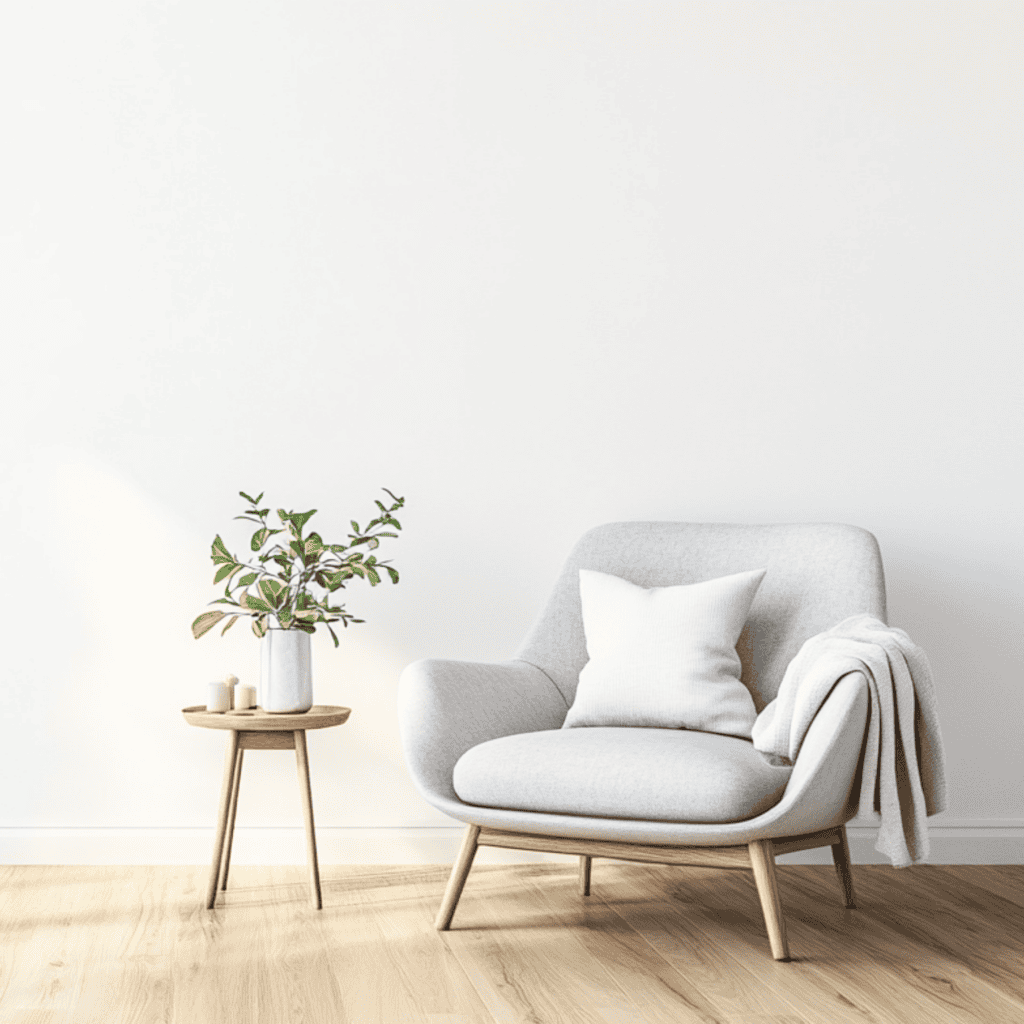
Adopting a minimalist mindset can significantly improve your organization efforts. Focus on keeping items that serve a purpose or bring you joy. Regularly assess your possessions and let go of anything that doesn’t fit these criteria.
11. Schedule Regular Decluttering Sessions

Set aside time each month to declutter and reorganize. Regular maintenance prevents clutter from building up and keeps your home consistently tidy. Put these sessions on your calendar to ensure they become a regular habit.
12. Create a Family Command Center
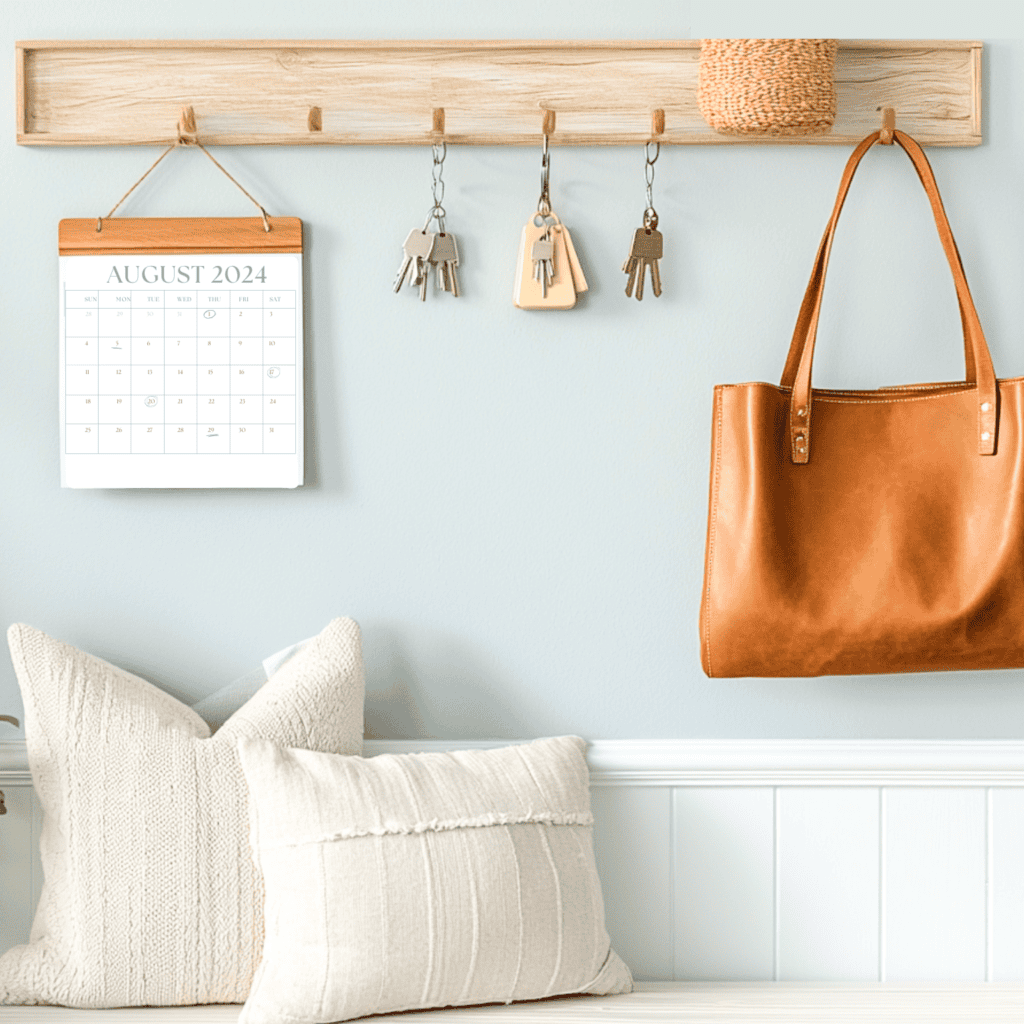
A family command center is like your home’s mission control, a central hub where everyone can stay organized and connected. Set up a designated area – it could be a wall in the kitchen, a section of the mudroom, or even a repurposed cabinet – with the following essentials:
A Shared Calendar
A large wall calendar or whiteboard calendar allows everyone to see upcoming events, appointments, and deadlines at a glance. Consider using different colored markers for each family member to avoid confusion.
Bulletin Board or Corkboard
This is the perfect spot to post important reminders, permission slips, invitations, and even inspiring quotes or artwork. Make it fun and interactive by encouraging family members to contribute to the board.
Storage Solutions
Incorporate baskets, bins, or folders to corral incoming mail, school papers, bills, and other important documents. Assign each family member their own designated space to keep their belongings organized.
Tech Integration (Optional)
If you’re tech-savvy, integrate your family command center with digital tools like shared calendars or reminder apps. Personally, I use Alexa to sync with the calendar on my phone. With a simple voice command, I can add events to our family calendar, check upcoming appointments, or even set reminders for specific tasks. It’s been a game-changer for keeping our busy family schedule in sync!
13. Digitize Important Documents

Reduce paper clutter by scanning important documents and storing them digitally. Use cloud storage solutions to keep files secure and accessible from any device. This saves space and makes it easier to organize and locate important information.
14. Create a Routine for Mail

Develop a daily routine for handling mail to prevent piles from accumulating. Sort through mail as soon as it arrives, discarding junk mail immediately, and setting aside bills and important documents in designated folders. This routine helps maintain a clutter-free entryway or desk.
15. Use Clear Containers
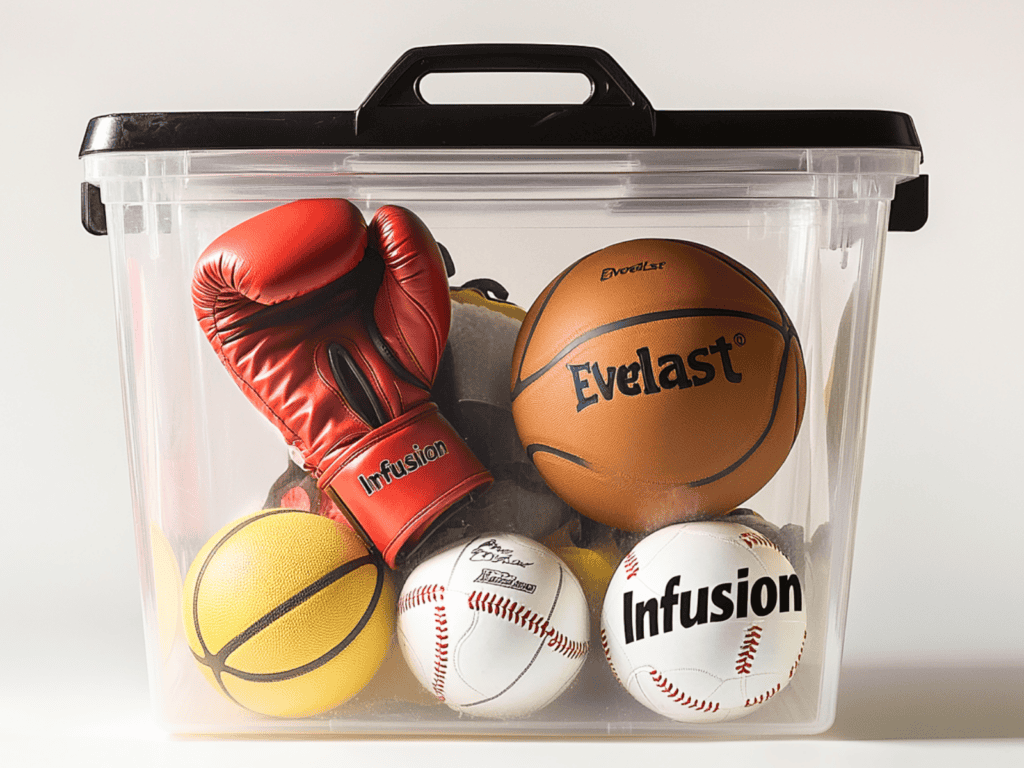
Clear containers are great for storing items while keeping them visible. Use them in your home gym for exercise equipment, in your bathroom for toiletries, and in your craft room for supplies. The visibility helps you quickly identify contents and prevents overbuying items you already have.
16. Optimize Your Closet with a Capsule Wardrobe

Consider creating a capsule wardrobe to simplify your closet organization. A capsule wardrobe consists of a limited number of versatile clothing pieces that you love and wear regularly. This reduces closet clutter and makes it easier to put together outfits.
17. Implement a Nightly Tidy-Up Routine
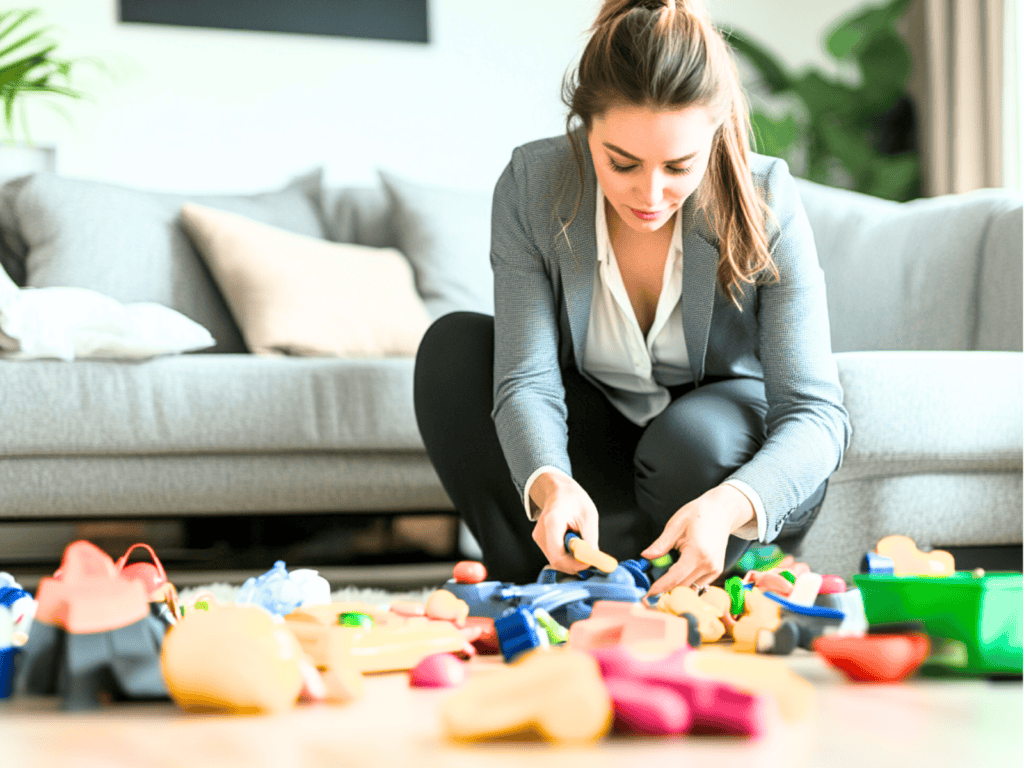
Spend 10-15 minutes each night tidying up your home. Put away items left out during the day, straighten up common areas, and prepare for the next day. This routine keeps your home organized and prevents small messes from turning into big ones.
18. Create Zones in Each Room

Designate specific zones in each room for different activities. For example, create a reading nook in the living room, a food prep area in the kitchen, and a dedicated workspace in the home office. Defining zones helps keep items organized according to use and reduces overall clutter.
19. Use Hooks for Easy Access
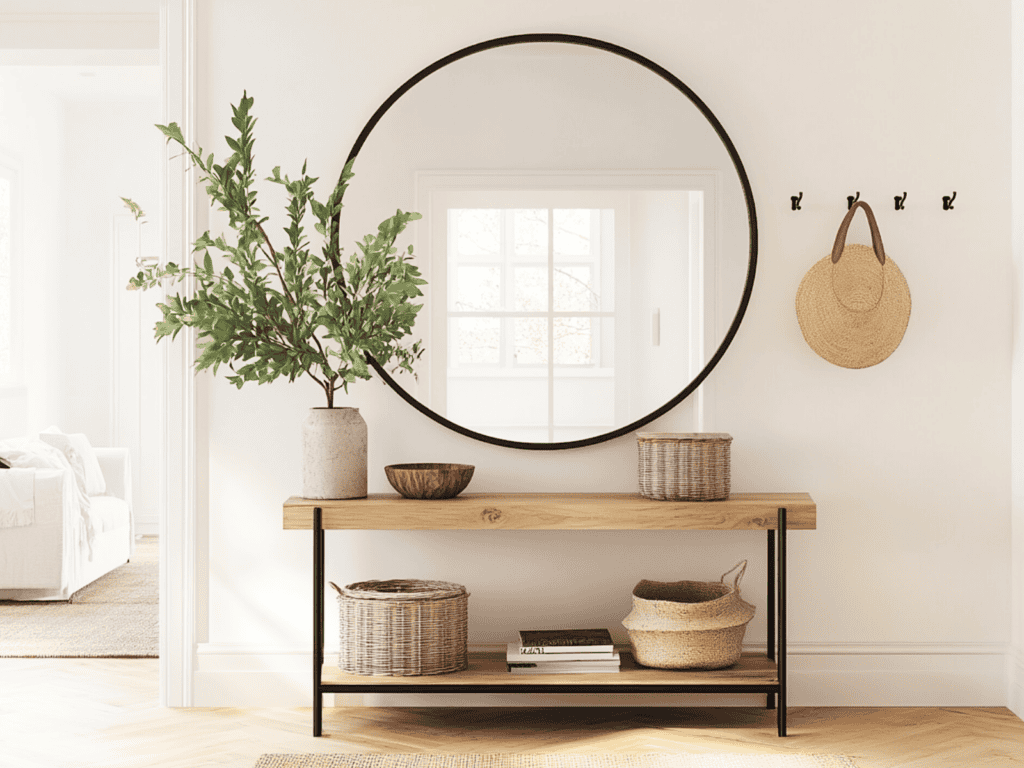
Install hooks in strategic locations to keep frequently used items easily accessible. Hooks can be used in the entryway for coats and bags, in the bathroom for towels and robes, and in the kitchen for utensils and potholders. This simple solution helps keep surfaces clear and items within reach.
20. Store Like Items Together
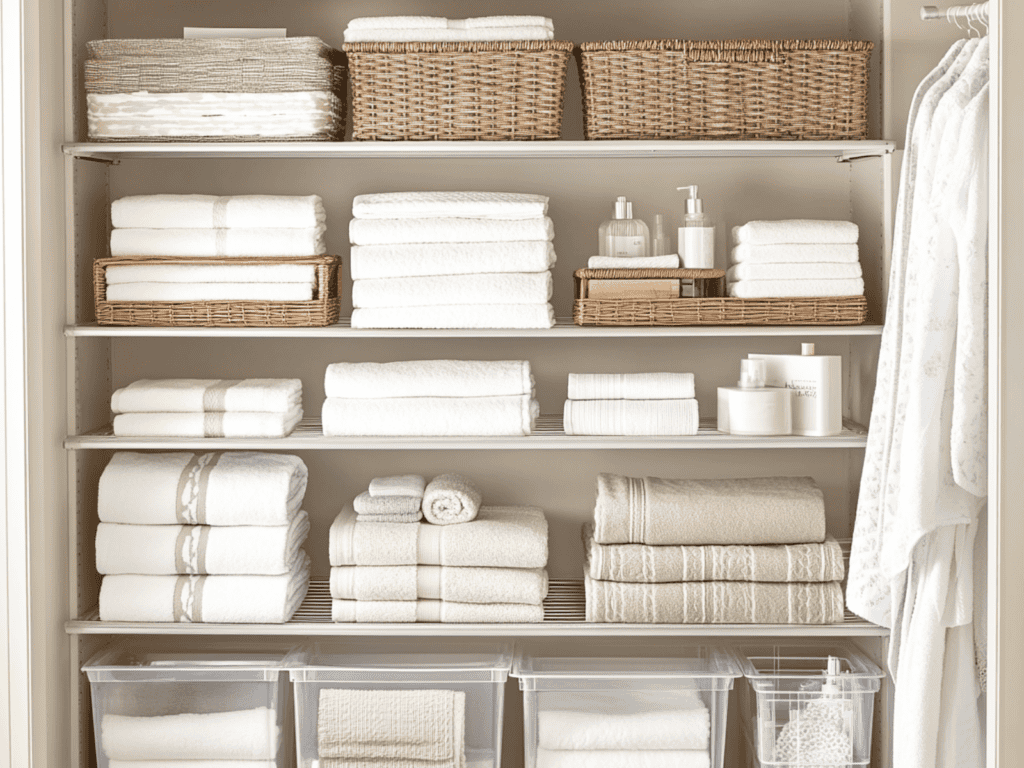
Group similar items together to make organizing more intuitive. Store all cleaning supplies in one location, keep office supplies in a designated drawer, and organize pantry items by category. This approach makes it easier to find what you need and maintain order.
21. Invest in Stackable Storage Bins
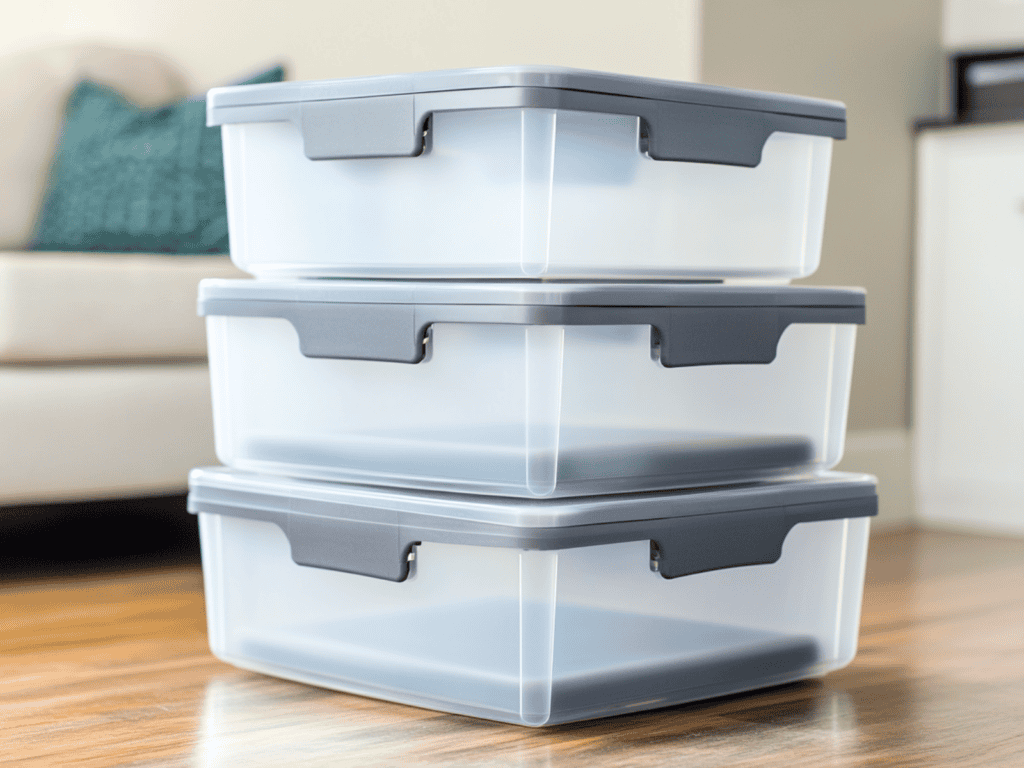
Stackable storage bins maximize space by allowing you to store items vertically. Use them in closets, garages, and storage rooms to keep items neatly contained and accessible. Label each bin to quickly identify its contents without having to open it.
22. Take Before-and-After Photos

Document your progress with photos. This visual reminder can motivate and help you appreciate the transformation of your space.
23. Utilize the Back of Doors
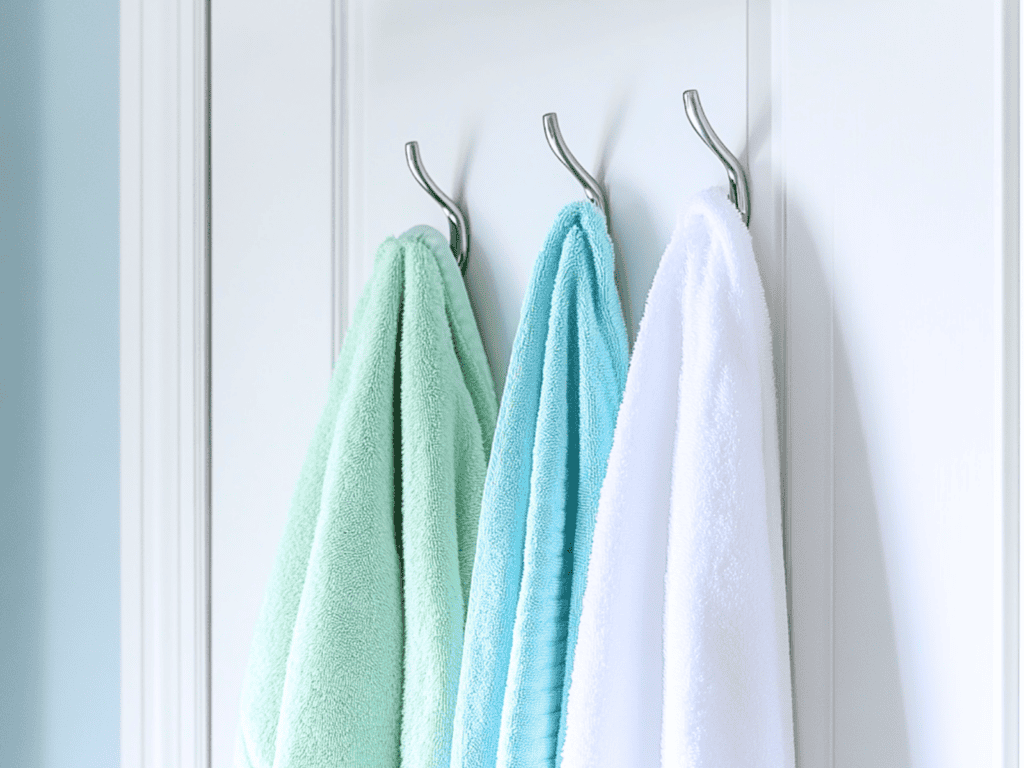
The back of doors offers valuable storage space. Use over-the-door organizers to store shoes, cleaning supplies, or pantry items. Consider adding hooks or racks to the back of the door for towels and robes in bathrooms.
24. Designate a Paper Management System

Create a dedicated system for managing paper to prevent piles from forming. Use an in-tray for incoming mail and documents, a filing system for important papers, and a shredder for disposing of sensitive information. Regularly go through and process your paper pile to keep it under control.
25. Implement a One-Shelf Rule
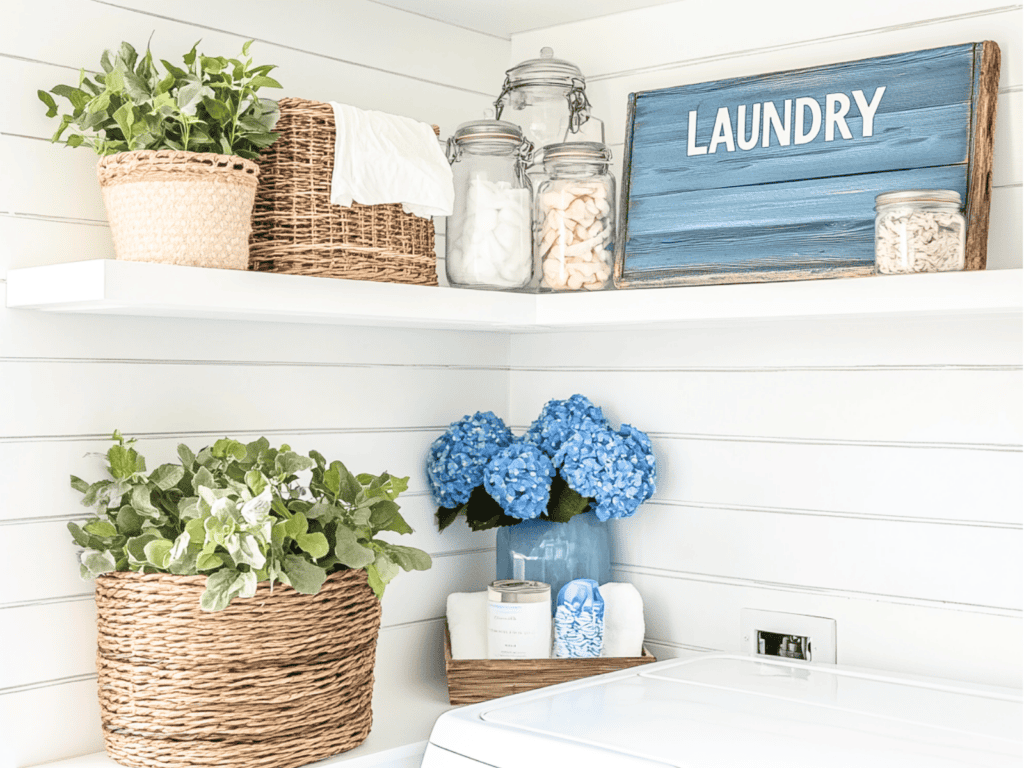
To prevent overcrowding, implement a one-shelf rule: each shelf should only hold items that fit comfortably without stacking or overcrowding. This rule helps maintain order and ensures that items are easy to see and access.
26. Create a Cleaning Supply Caddy
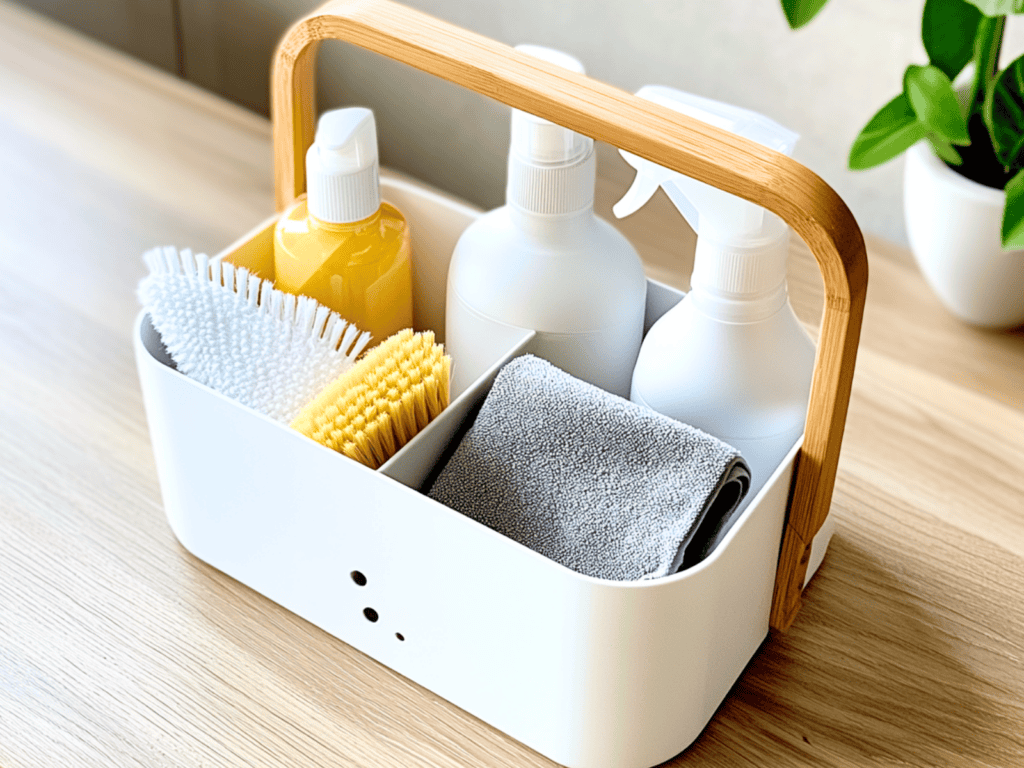
Organize your cleaning supplies in a portable caddy. This makes it easy to transport supplies from room to room and ensures that everything you need is in one place. Keep the caddy stocked with essentials like sprays, cloths, and brushes.
27. Use Decorative Baskets
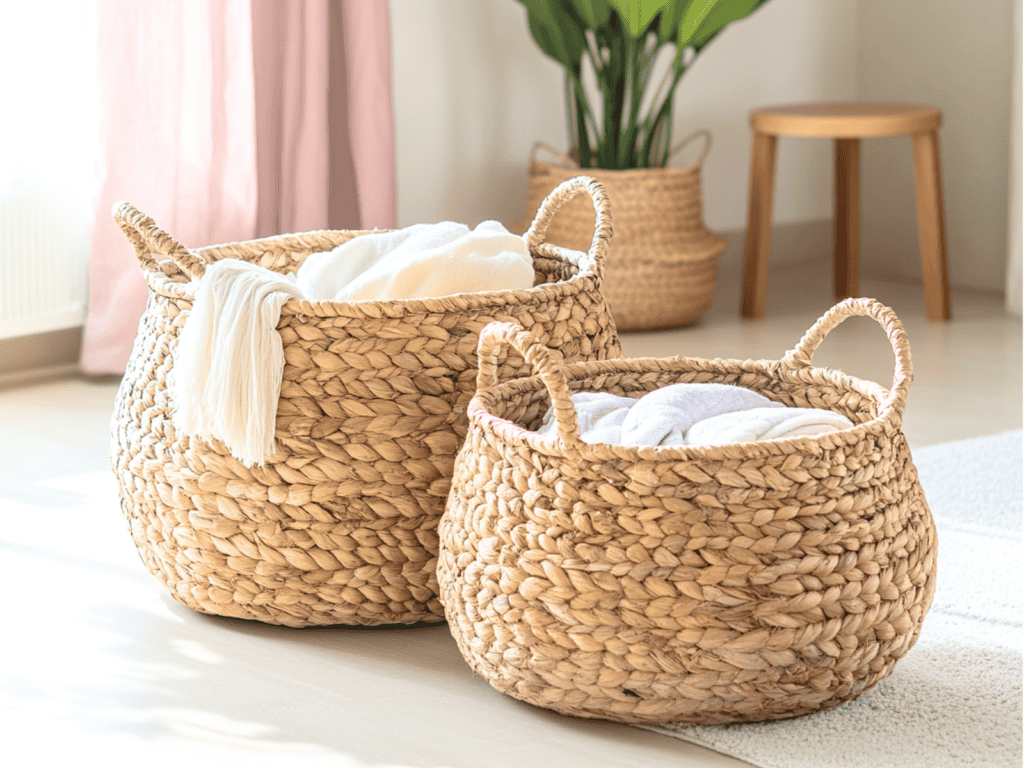
Incorporate decorative baskets into your decor to add storage without compromising style. Use baskets to store blankets in the living room, toys in the kids’ rooms, or toiletries in the bathroom. Baskets keep items contained and add a stylish touch to your space.
28. Repurpose Everyday Items for Storage
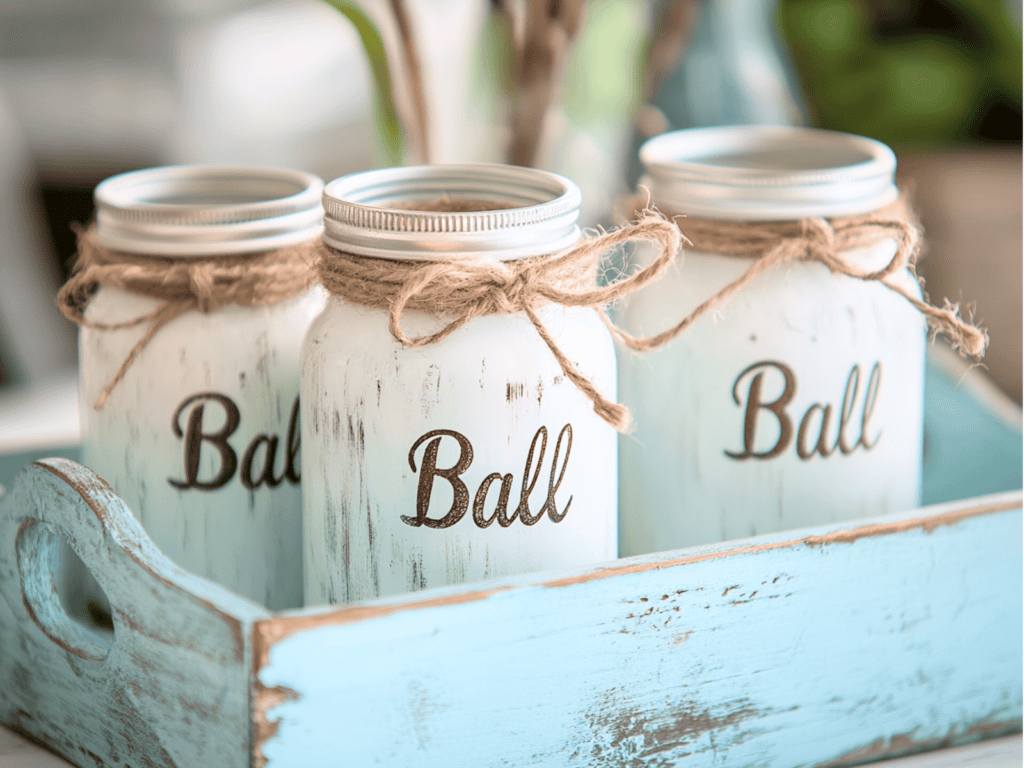
Get creative by repurposing everyday items for storage. Use mason jars to store office supplies, shoe boxes for drawer dividers or wine racks to organize water bottles. Repurposing items saves money and adds a unique touch to your organization.
29. Establish a Weekly Reset Day

Designate one day each week as your reset day. Use this time to tidy up, restock supplies, and prepare for the upcoming week. A regular reset day ensures that your home stays organized and that any minor messes are addressed before they become overwhelming.
30. Use Command Centers for Specific Tasks
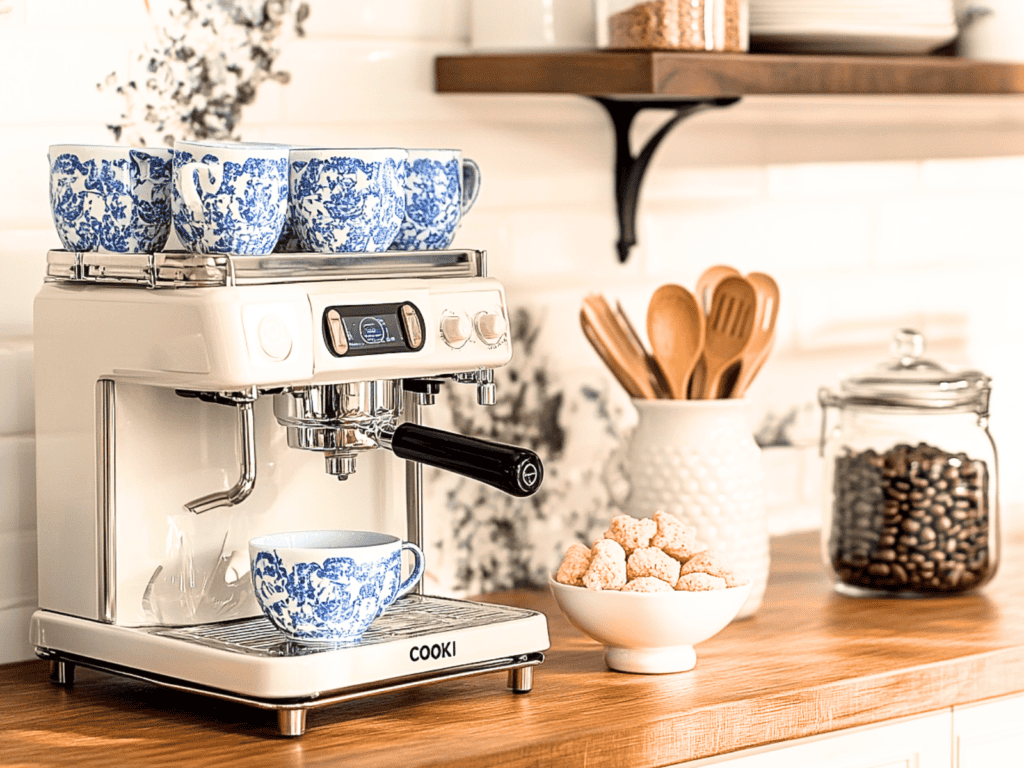
Set up small command centers in various rooms to handle specific tasks. For example, create a coffee station in the kitchen with all your coffee-making essentials or a grooming station in the bathroom with toiletries and grooming tools. This helps keep everything you need for specific tasks in one place, reducing clutter.
31. Rotate Toys for Kids
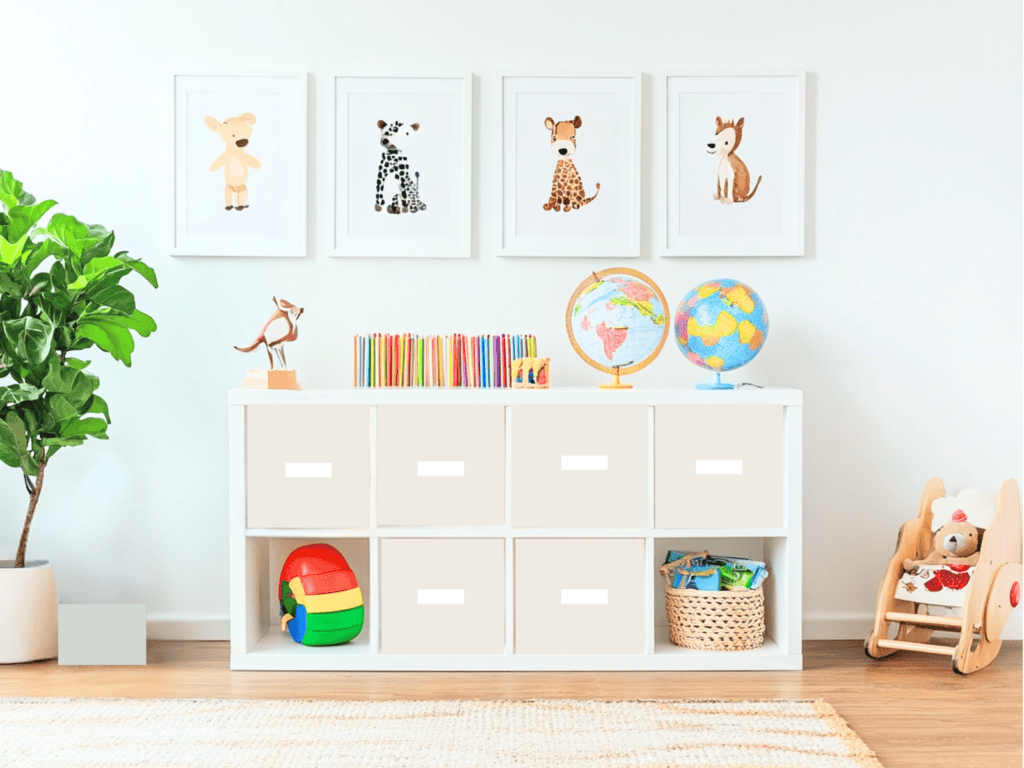
If you have children, consider rotating their toys. Keep only a few toys out at a time and store the rest. Every few weeks, swap out the toys. This keeps playtime fresh and exciting for your kids while preventing toy clutter from taking over your home.
32. Use Lazy Susans
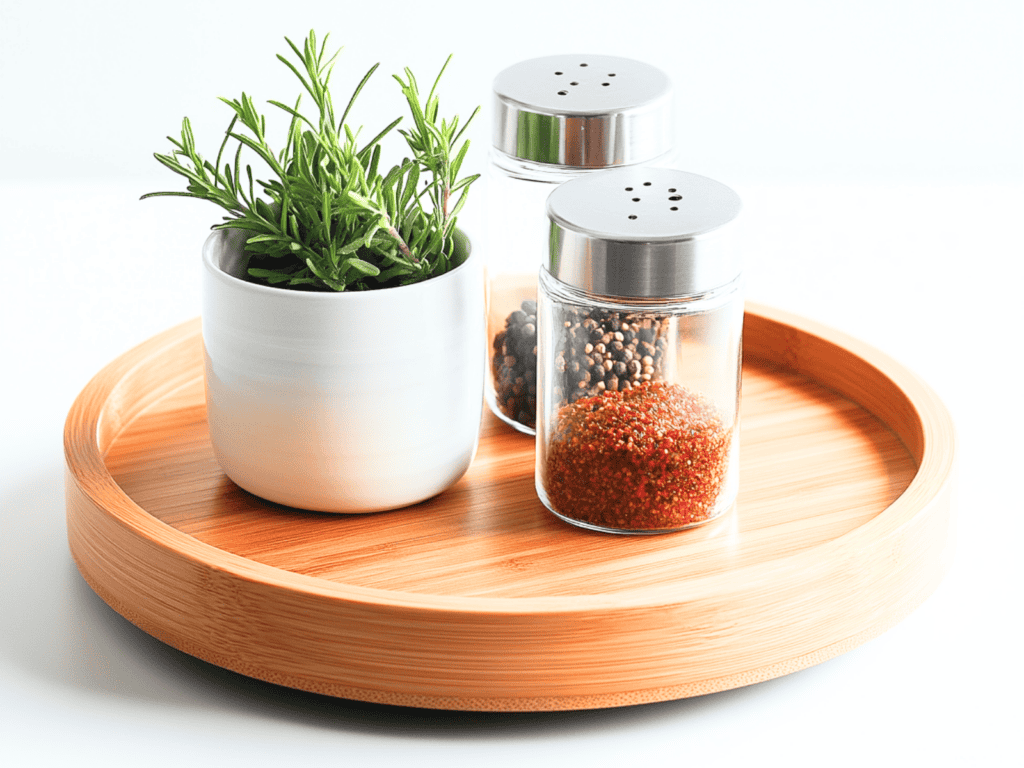
Lazy Susans are perfect for maximizing space and accessibility in hard-to-reach areas like cabinets and pantries. Use them to organize spices, condiments, or cleaning supplies. They allow you to easily see and access items without having to dig through shelves.
33. Create a Chore Chart
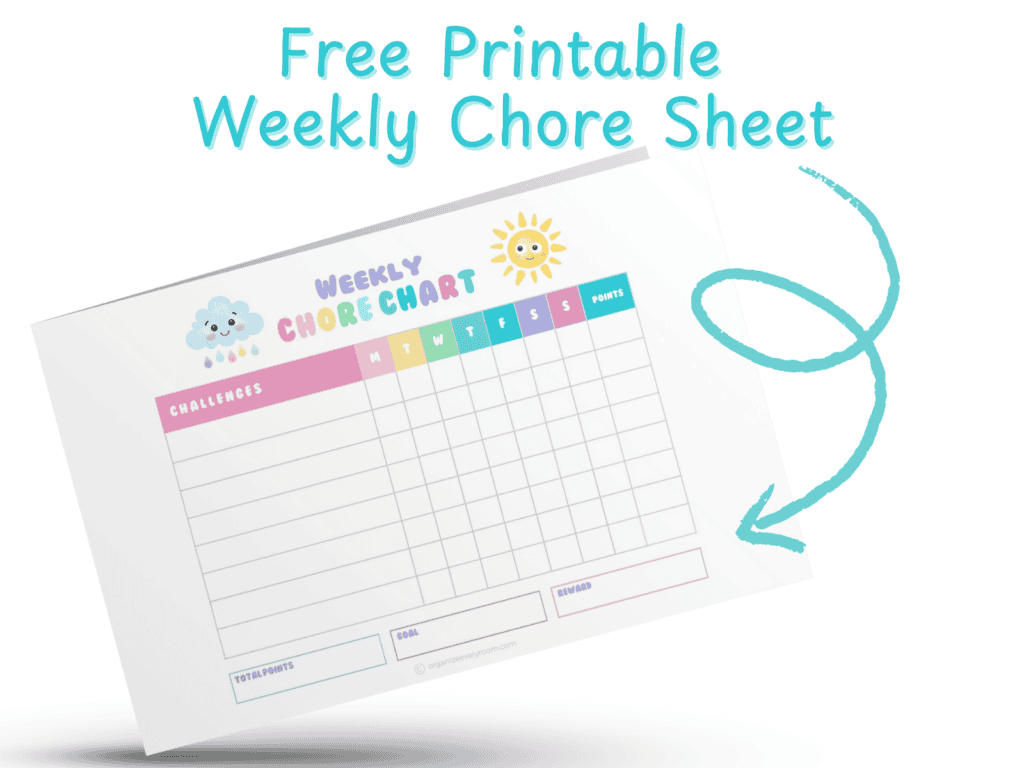
Establish a chore chart to distribute household tasks evenly among family members. Assign specific tasks to each person and rotate them regularly. A chore chart helps ensure that everyone contributes to maintaining an organized and tidy home. Click here to download your FREE weekly chore chart.
34. Store Items by Frequency of Use
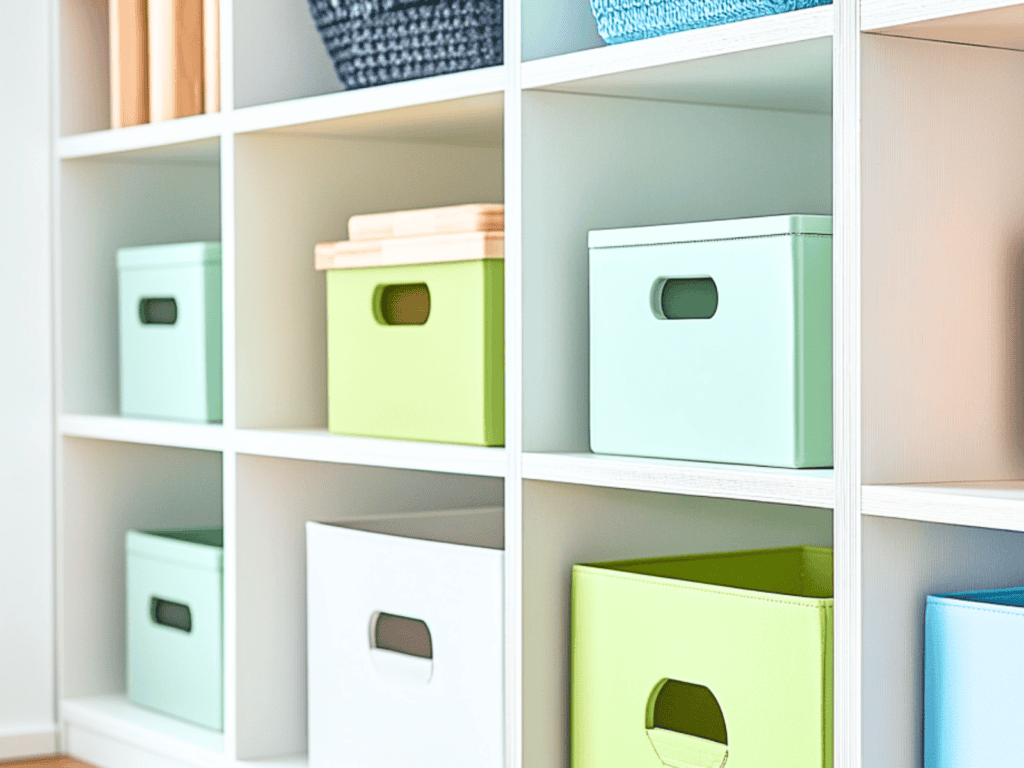
Organize items based on how often you use them. Store frequently used items in easily accessible locations, such as on lower shelves or at the front of cabinets. Place rarely used items in higher or less accessible areas to free up prime storage space.
35. Utilize Under-Sink Space
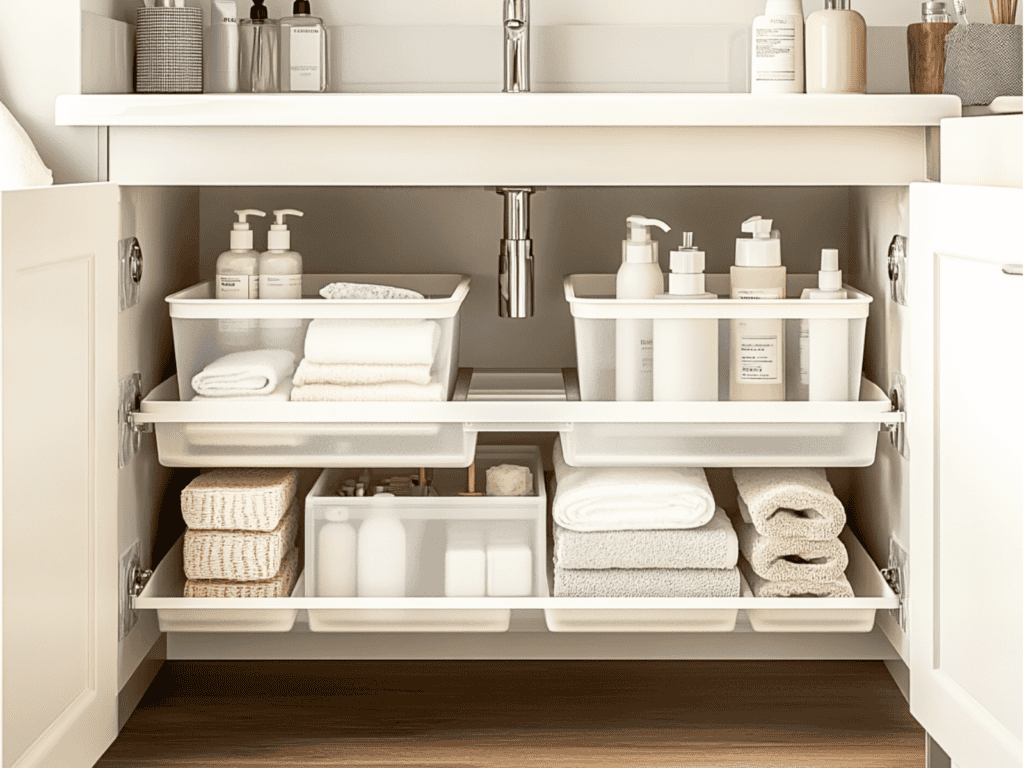
Maximize the space under your sinks by using stackable bins, sliding drawers, or tension rods to hang cleaning supplies. This often-overlooked area can provide valuable storage for toiletries, cleaning products, and other household items.
36. Set Up a Donation Station
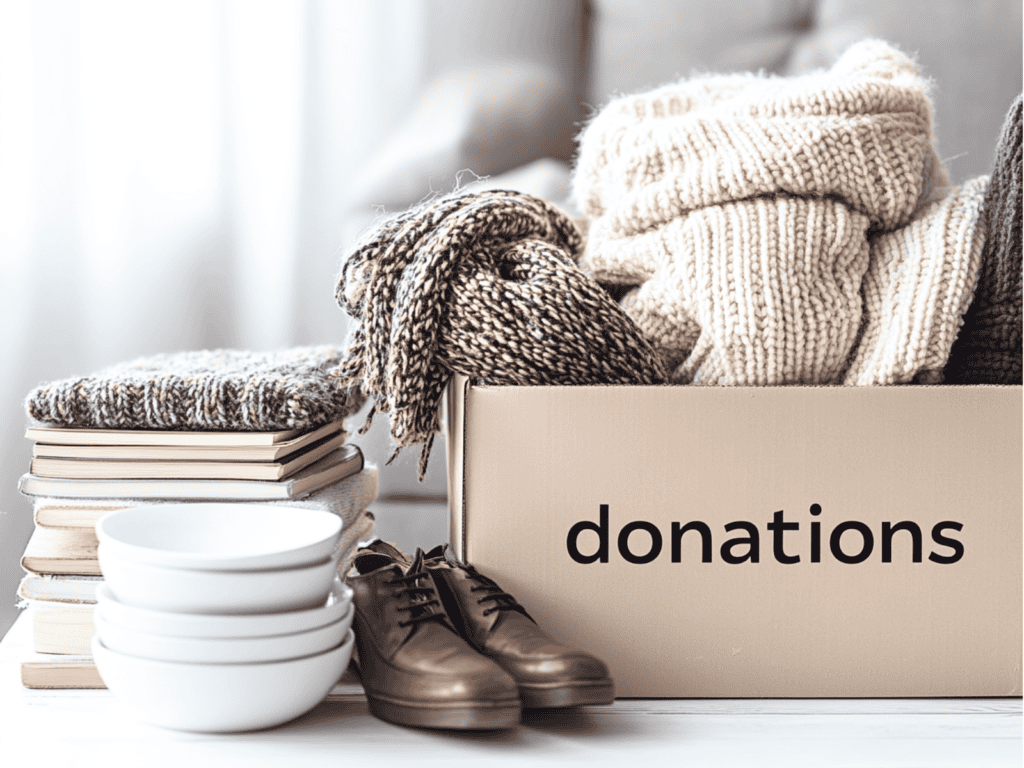
Designate a spot in your home for items you plan to donate. Keep a box or bin in a convenient location where you can easily add items you no longer need. Once the box is full, take it to a donation center. This ongoing process helps prevent clutter from building up and encourages regular decluttering.
37. Use Pegboards for Versatile Storage
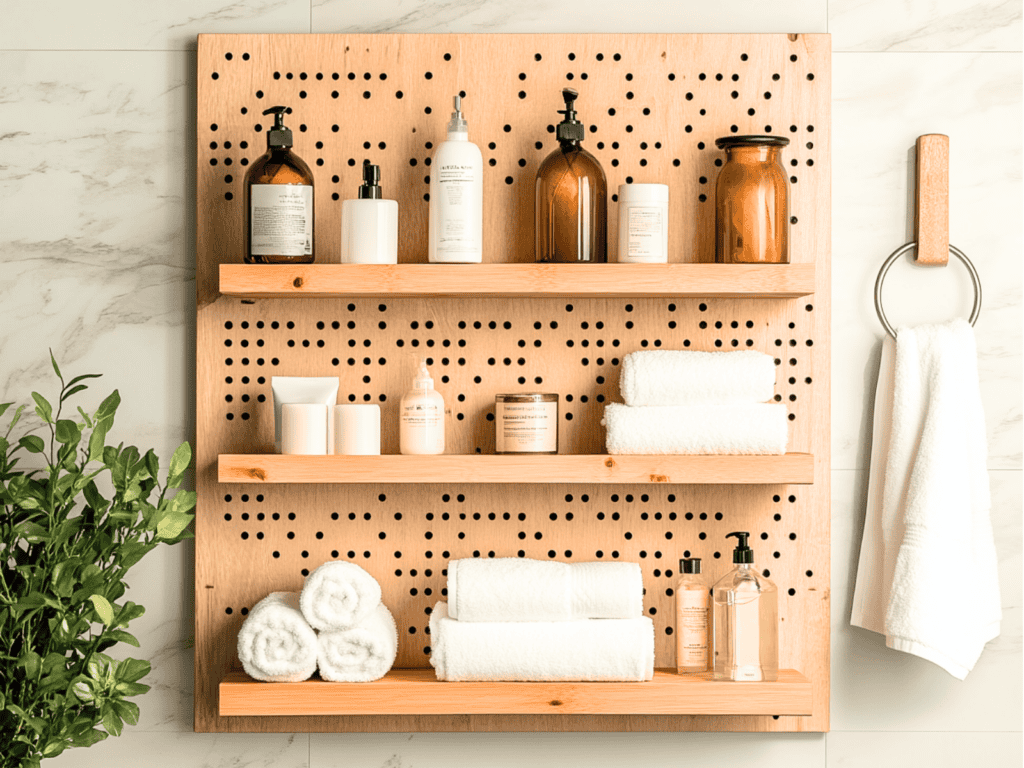
Pegboards are incredibly versatile and can be used in various rooms. Install one in your garage for tools, in your kitchen for pots and pans, or in your office for supplies. Customize it with hooks, baskets, and shelves to suit your storage needs.
38. Install Floating Shelves
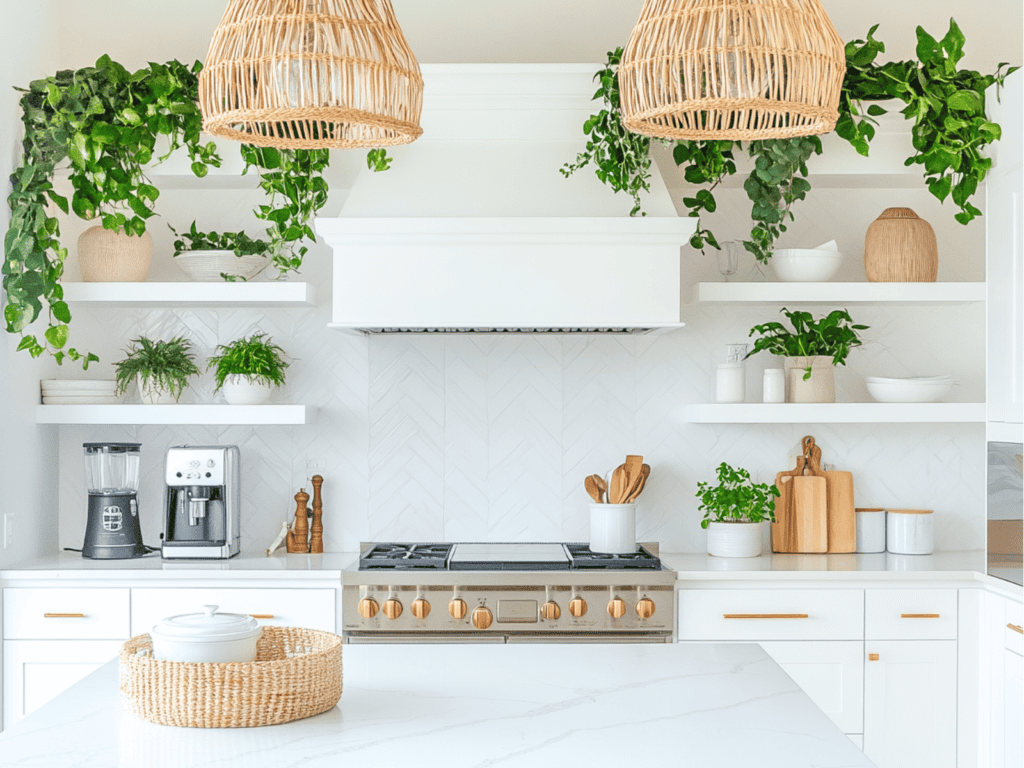
Floating shelves are an excellent way to add storage without taking up floor space. Use them in the bathroom for toiletries, in the living room for books and decor, or in the kitchen for spices and cookware. They offer a sleek and modern storage solution.
39. Utilize Space Above Cabinets
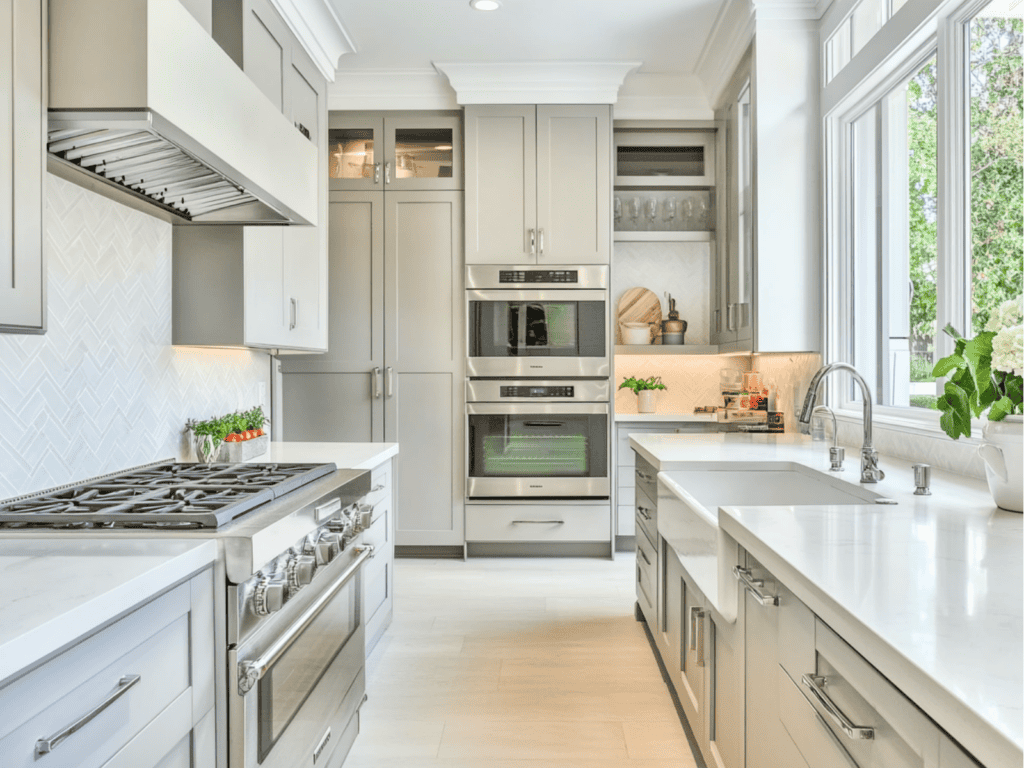
The space above your kitchen cabinets can be used for additional storage. Store seldom-used items, decorative baskets, or even install additional shelves to make use of this vertical space. This keeps items out of sight but still accessible when needed.
40. Create a Rolling Storage Cart
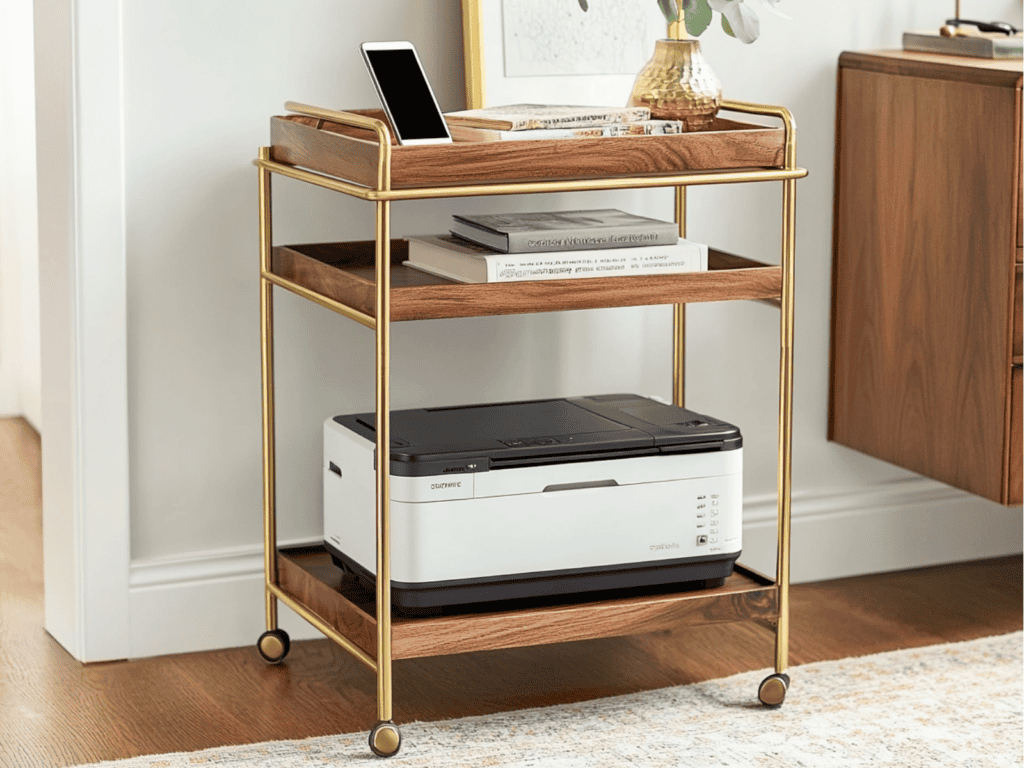
Rolling storage carts are perfect for small spaces and can be moved around as needed. Use them in the kitchen for extra pantry space, in the bathroom for toiletries, or in the craft room for supplies. The mobility of these carts makes them a flexible storage solution.
41. Use Magnetic Strips for Small Metal Items

Magnetic strips are a clever way to store small metal items. Install a magnetic strip on the wall in your kitchen to hold knives and metal utensils or in your bathroom to keep track of bobby pins, nail clippers, and tweezers. This keeps small items easily accessible and off countertops.
Conclusion
Remember, an organized home is an ongoing journey, not a destination. It’s about progress, not perfection. By embracing these tips and making them your own, you’ll create a space that supports your well-being, fuels your productivity, and sparks joy.
So, take a deep breath, roll up your sleeves, and start transforming your home – one small step at a time. Your future self will thank you for it. Happy organizing!



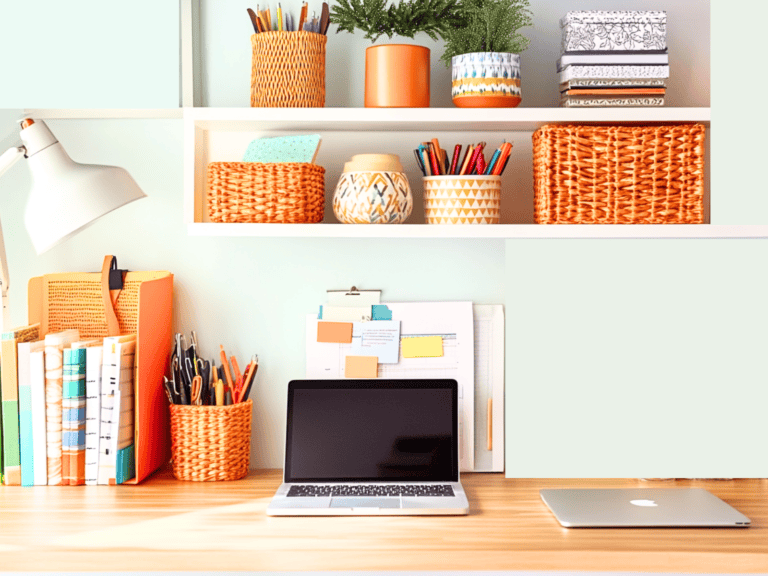
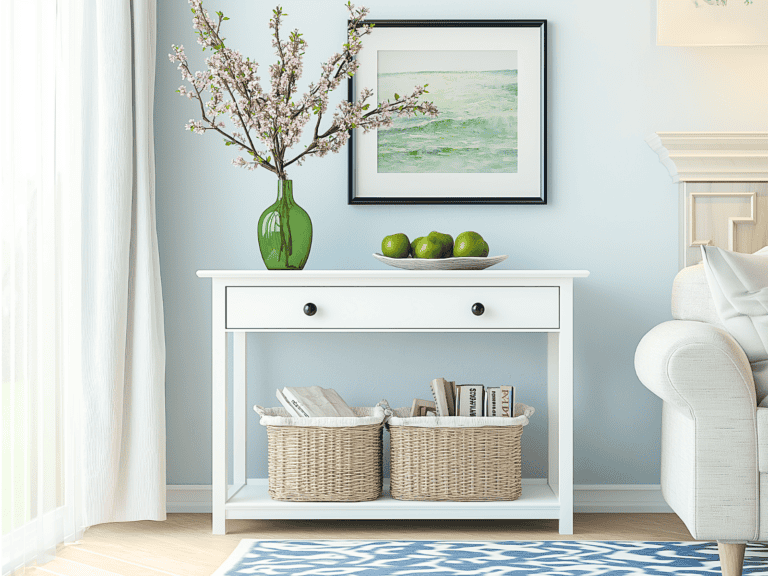

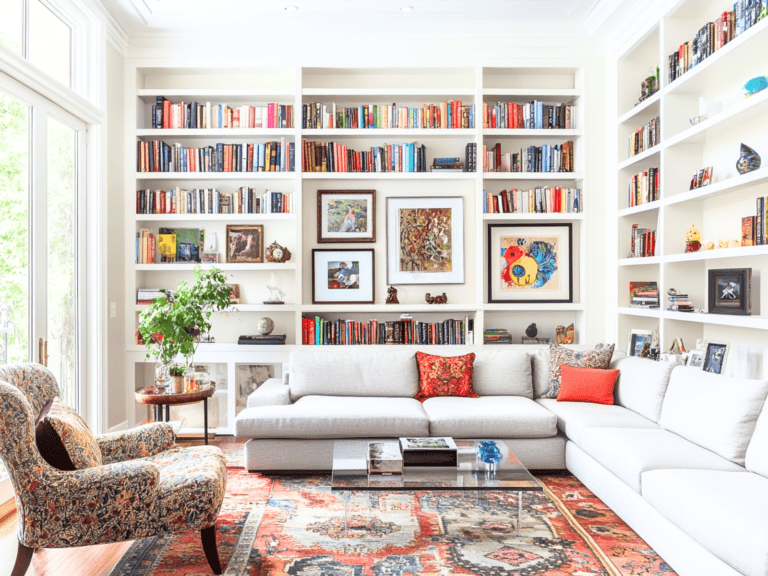
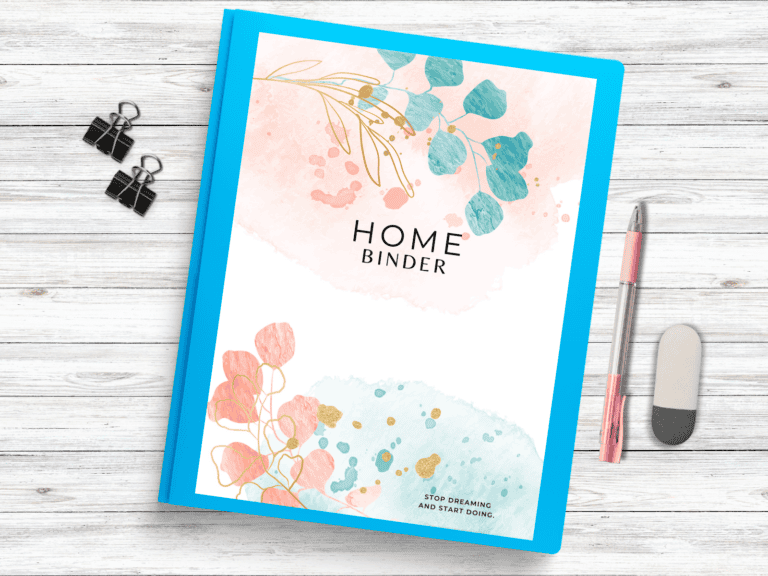
This article really hit the mark on the topic, I’m genuinely amazed! I’m definitely going to start implementing these tips because I love decluttering my space. It makes such a big difference!